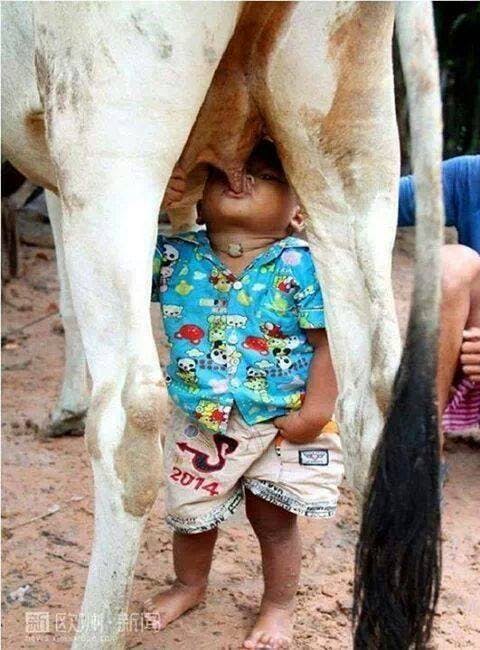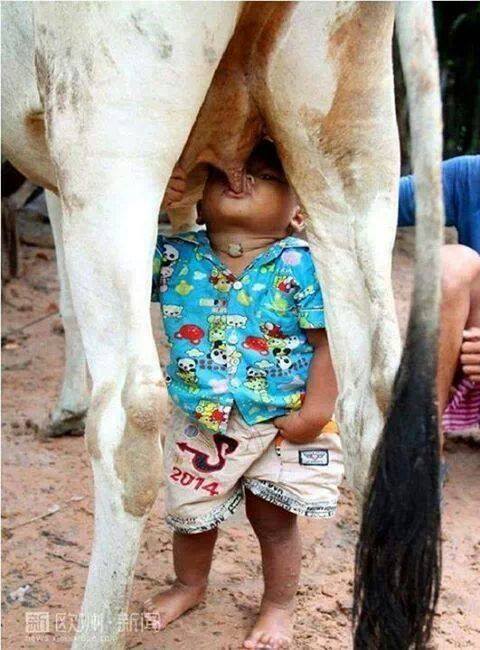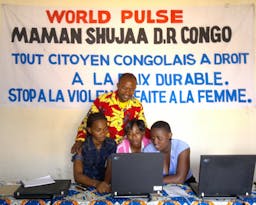Context of the Middle and High Plateaus of Fizi
Feb 26, 2020
Story


English translation by community member LightMyWay.
Since 1996, our country of the Dem. Rep. of the Congo in general, and the middle and high plateaus of Fizi-Itombwe in particular, have encountered moments of trouble, of repeated tribal wars. The opposition between different mutually hostile tribal communities regularly leads to bloody clashes for several reasons. Some studies led by specialist organisations (Action pour le Développement et la Paix Endogènes {Action for Endogenous Development and Peace}, ADEPAE for short; Réseau d’Innovation Organisationnelle {Network for Organisational Innovation}, RIO/ECC for short; with the support and accompaniment of the Institut Vie et Paix {Life and Peace Institute}, IVP, a Swedish international rights NGO, operating in South Kivu for over a decade) and others have defined some of the principal causes of conflict in the Uvira and Fizi Territories: questions of identity, of nationality as well as of who holds power over traditions and land, including problems of transhumance, moving cattle in certain seasons. This often creates these intercommunal clashes, with consequences like assassinations (sometimes targeted), among others, provoking or accentuating the spirit of vengeance and permanent feelings of self-defense. Here are rooted many popular self-defense forces and groups of a tribal character, for example the Mai-Mai among the Babembe, Banyindu and Bafuliru, and Tuirwanehochez among the Banyamulenge.
These often–armed routine conflicts have many harmful consequences, not only on the whole of this zone but also and especially on the lives of the population, particularly the women and children—among others, namely:
--Loss of human lives and the subsequent repercussions;
--Inopportune looting and the extreme impoverishment of the affected populations;
--Explosive growth of the vulnerable population, with women and children being the most affected (becoming widows and orphans);
--Numerous cases of sexual violence against women and girls;
--Forced youth recruitment by the Militia;
--Increase in number of internally and externally displaced persons;
--Risk of HIV/AIDS transmission due to ignorance.
Throughout this series of unfortunate events, it’s mostly women and children who pay the price and who continue to suffer from the collateral damage of local resistances to peacemaking.
Following these clashes, the populations flee the villages and basic socio-economic infrastructure shuts down or malfunctions: markets, schools, health centres. This heightens the populations’ vulnerabilities, especially women’s and children’s. Rumors sow general panic among the population, immersing them daily in uncertainty about the future. In general, notably few humanitarian organisations are active in the zone, due to its physical inaccessibility (closed off because the roads are impassable on certain stretches) and quasi-permanent insecurity, with consecutive conflicts between communities and the presence of armed forces and groups, all of which is uncontrolled. Mobile phone networks and local radio and TV are far from sufficing for information and communication needs, which are necessary for re-establishing a climate of peace and social cohesion, for harmonious development in this area.




